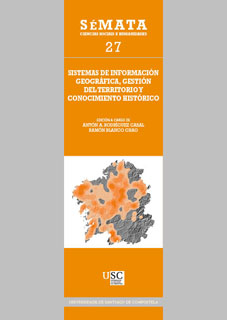Integrated management territory and heritage: the importance of Geographic Information Systems
Main Article Content
Abstract
The purpose of the cultural integrated of territory, is to guide the territorial intervention process, based on strategies that can promote the sustainability of projects and actions to be implemented within the framework of land management procedures that act as regulatory instruments and aiming at territorial resilience. It’s framework of reference builds from landscape studies in archaeology, anthropology and human geography, bringing into daily management the mid to long term scope of the humanities, alongside with natural and social sciences and technologies. The implementation of these procedures can be performed using technological tools, in particular those linked to Geographic Information Technologies, which in turn, is developed effectively, can function as prospective evaluation tools and monitoring of the territory.
The utility of these instruments in the context of territorial management processes is increased under uncertainty, such as those that characterize the prospective scenarios for the twenty-first century but also the characterizing these intentioned scenarios for the past, based on archaeological and historical documentation. In both cases, the relative weight of variables and even a thorough identification are difficult to measure, so that integrators and flexible technology platforms are especially helpful.


